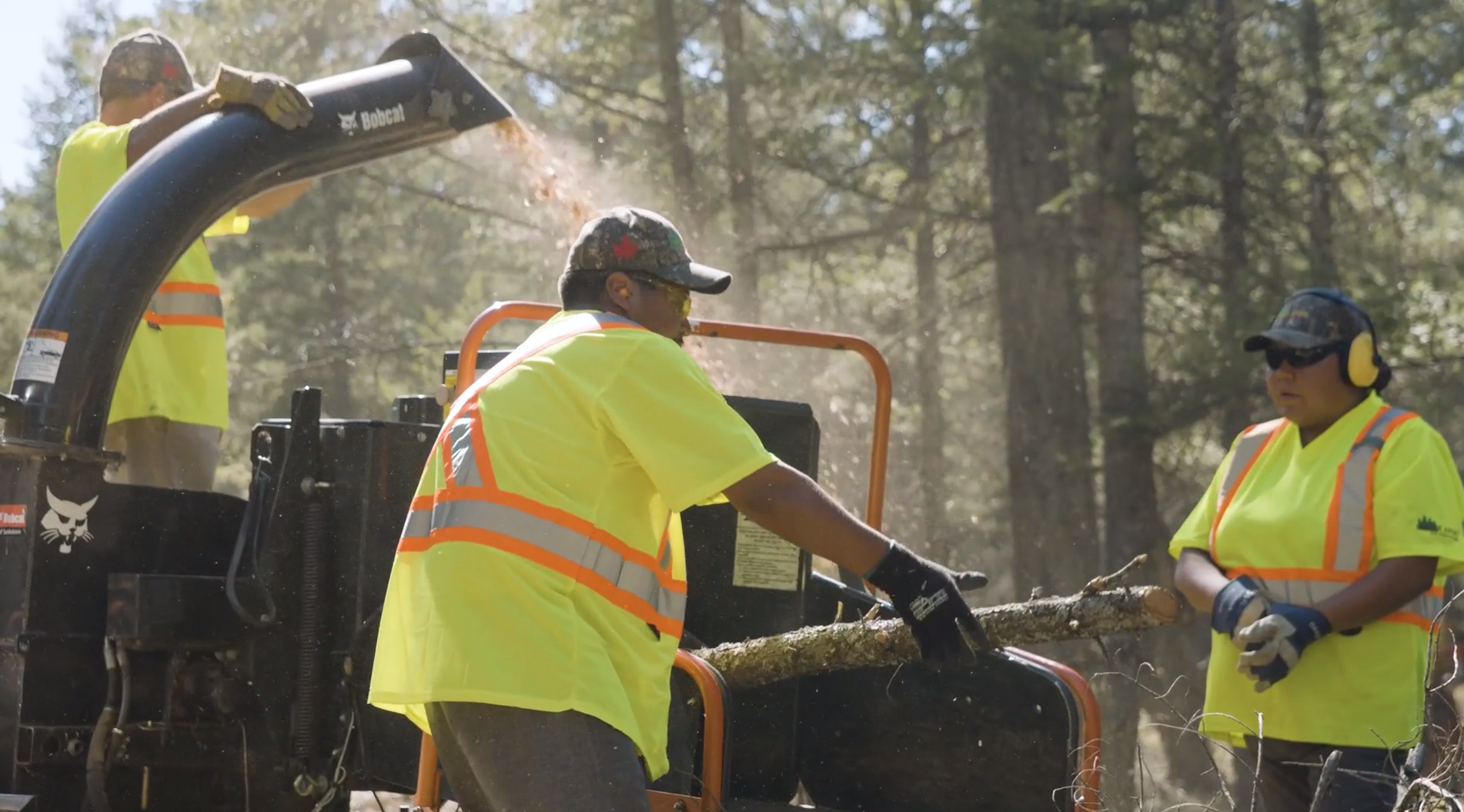British Columbia is home to just over 200 recognized First Nations, and their diversity is voiced by the existence of no fewer than 34 Indigenous languages and 90 dialects. As in other parts of North America, however, virtually all of them have one thing in common: a powerful attachment to the lands they inhabit – even and perhaps especially where these represent a tiny fraction of what their forebears called home.
For some, this attachment informs both a keen sense of stewardship and a highly pragmatic approach to maintaining the presence of First Nations peoples on their traditional lands. As of the last census in 2016, for instance, about 270,000 residents of BC regarded themselves as Aboriginal, with 172,500 identifying as First Nations, 89,400 as Métis, and 1,600 as Inuk (Inuit). Within the First Nations population, approximately 125,000 had “Registered” or “Treaty” status under the federal “Indian Act”, and of these about 50,000 lived on one of the province’s 300-plus reserves. The vast majority of these reserves are negligible in size, however, meaning that overall, 1% of the population occupies just 0.4% of BC’s land base.
And yet approximately one-third of BC’s Recognized FireSmart Neighbourhoods are on First Nations land, an amazing uptake ratio that cuts across all manner of differences with regard to the size, location, and makeup of individual communities. In addition, some First Nations reserves that have yet to meet the procedural requirements for official FireSmart recognition have nonetheless begun to apply FireSmart practices, and/or other measures, to protect their residents and their properties from wildfire.
Consider the Shuswap and Takla Lake First Nations, located respectively in southeast and north-central BC.
The Shuswap Reserve sits on 1,800 hectares next to the town of Invermere, and in recent years the entire region has been filling up with vacation communities. Several other small population centres are within a half-hour’s drive, including Wilmer, Radium Hot Springs, Windermere, and Fairmont Hot Springs. The area is particularly popular for people from Calgary, for whom it represents an idyllic spot for summer and/or retirement homes. The surrounding Columbia Valley offers world-class scenery, and the drive from Calgary takes just three hours (as opposed to Vancouver, which takes nine).
By contrast, the Takla Lake Band is spread across some 17 separate reserves covering just 809 hectares of the Takla Lake First Nation’s traditional territory of 27,250 square kilometres. The main community at Takla Landing is almost 200 kilometres from the nearest town, Fort St. James (population 1,600 and falling), and the only way in and out by motor vehicle is a mostly unpaved BC Forest Service road. Compared to their Shuswap counterparts, the people of Takla Lake are far less integrated into local non-indigenous communities and economies for the simple fact that none exist. So extreme is the area’s isolation that, until 1985, the only electricity came from diesel generators that provided just enough power for the school, the health clinic, and the band office.
The Shuswap and Takla Lake bands do share some characteristics apart from their First Nations heritage, though: 1) the extensive woodlands bordering their communities make them highly vulnerable to wildfire; and 2) their respective leaderships have taken action to bolster their defences. In 2017, part of the Shuswap Reserve became an official Recognized FireSmart Neighbourhood, having undergone the necessary procedures to assess and address its vulnerabilities. Takla Lake has also carried out extensive work to increase its resiliency in the face of wildfire.
Apart from an affinity for the land and an awareness of the wildfire dangers that are so common among First Nations peoples, there also are institutional factors driving the uptake of FireSmart influences and wildfire awareness in general: both Indigenous Services Canada (ISC) and the First Nations Emergency Services Society of British Columbia (FNESS) sit on the BC FireSmart Committee.
The ISC has a very broad mandate, indicating that it “works collaboratively with partners to improve access to high quality services for First Nations, Inuit and Metis. Our vision is to support and empower Indigenous peoples to independently deliver services and address the socio-economic conditions in their communities.” This allows plenty of scope to promote the implementation of FireSmart practices to help protect Indigenous communities, and the presence of a federal agency amplifies the Committee’s impact.
FNESS’s mission is a direct fit, it being to “assist First Nations in developing and sustaining safer, healthier communities”, with emphasis on emergency management, fire services, and forest fuel management. And indeed, it was a FNESS partnered program – the Strategic Wildfire Prevention Initiative – that brought FireSmart videographers to Takla Lake in the first place. Since 2018, the provincial government’s Community Resilience Investment mechanism has approved (or is in the process of approving) some 145 applications for support of similar work with First Nations.
Thanks to these and other partners, not to mention the hard work of Local FireSmart Representatives, Neighbourhood Champions, and local FireSmart Committees, the FireSmart message and overall awareness have clearly found a receptive audience in BC’s First Nations.
